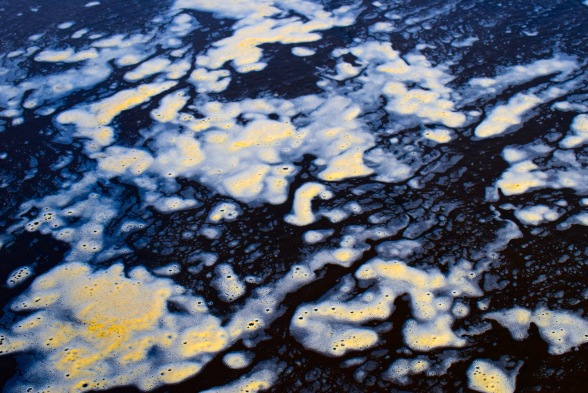New Zealand continues to amaze me. Even after all these years, I’m finding new places to visit and being re-enchanted by old ones. My recent New Zealand campervan trip was a perfect example of this, a journey of discovery and rediscovery. I’ll be writing more detailed articles about each of the places I visited, but first, here’s a list of the highlights…
1) Waimangu Volcanic Valley
This is one of the many ‘geothermal wonderland’ attractions you can visit around Rotorua. I’ve been to a few of them over the years, but this was my first time at Waimangu. It’s a pleasing walk, following a steaming stream down towards a picturesque lake. The colours along the stream are beautifully psychedelic, as you can see.

2) Stonehenge Aotearoa
I only recently learned of the existence of New Zealand’s very own Stonehenge, and I have to admit my expectations weren’t high. I mean I’ve seen the actual Stonehenge, as well as Castlerigg, Stenness and the Ring of Brodgar. I was pleasantly surprised, however. Stonehenge Aotearoa is totally worth visiting.

3) The Putangirua Pinnacles
I’d wanted to see the Putangirua Pinnacles for years, but they’re rather out of the way. I’m glad I finally made it, although the walk there was more difficult than I’d imagined! It was used as a filming location for The Lord of the Rings: The Return of the King and is an excellent example of badlands erosion. Marvelling at a landscape so different from what one usually encounters makes for a great day out.

4) Rivendell
This is a place I didn’t plan on visiting, but when a nerd sees a sign reading only ‘Rivendell’ they can’t not follow it. The light was fading and there wasn’t much time until the park gate would be locked, so I rushed off to find the House of Elrond. Or, at least, the patch of forest they’d filmed it in. It was quite lovely, actually.

5) The Edwin Fox
I first saw the Edwin Fox on Neil Oliver’s Coast: New Zealand. It’s right next to the Interislander ferry terminal in Picton, the last surviving Australian convict ship in the world. It was built in India, saw service in the Crimean War and ended up retiring in little, old New Zealand. It’s really cool to explore.

6) Founders Heritage Park
Nelson is best known as the gateway to Abel Tasman National Park, but Founders Heritage Park is worth visiting too. It’s an especially pretty historic village, featuring a windmill, a church and a charming street of shops. I recommend taking a picnic on a sunny day, as the café only sells freshly baked cookies! Look out for event days.

7) Omaka Aviation Heritage Museum
This place is so cool – and I’m not even interested in planes! There are two sections – WWI and WWII – that you pay for separately. If you only have time for one, do the WWII bit, but they’re both awesome, with dramatic displays that bring the pilots to life. It’s all wonderfully atmospheric. Read more: Omaka Aviation Heritage Museum

8) Kaikoura
Kaikoura is famous for whale watching and crayfish eating, but my favourite part was going down to the beach and seeing the seals. The snow-capped mountains in the background were just a bonus! You can go kayaking with the seals, which I really wanted to do. They are some quite nice shops in Kaikoura too.

9) Castle Hill
My immediate impression of Castle Hill was it would be the perfect filming location for an epic fantasy story. There isn’t an actual castle there, of course – New Zealand doesn’t have any castles, but the natural rock formations are incredible. Adding to the epic scenery, the hill is surrounded by mountains. It’s now officially one of my favourite places in the world.

10) Arthur’s Pass
Arthur’s Pass Village in Arthur’s Pass National Park is the best place in the country to encounter wild kea. And boy did I encounter them! You can find out more about kea in this article, but basically, they’re super-intelligent vandal-parrots that like breaking into campervans. Here’s a photograph of one trying to break into a rental campervan’s roof hatch – directly above my head.
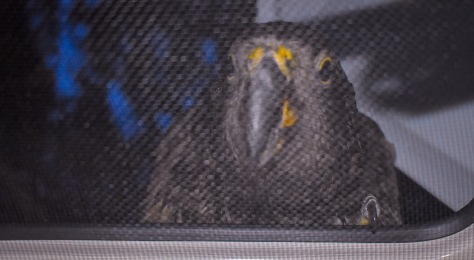
11) The Canterbury Museum
I only wandered into Christchurch’s Canterbury Museum because it was free. I ended up being quite glad I had. As well as a Victorian street, a gallery filled with antique furniture, ornaments and clothes, and various other exhibits, it has a replica of that mad paua house – know the one I mean? This old couple who lived in Bluff covered every inch of the inside of their house with paua shells, and left their collection to the museum!

12) The Giants House
The Giants House belongs to an artist in Akaroa. You can pay to wander around her garden and I highly recommend you do, especially if you’re a fan of Gaudí or Hundertwasser. The brightly coloured mosaic sculptures are simply delightful. My nana visited it years ago and she won’t stop going on about it!

13) Oamaru
Finally, I returned to Oamaru! The gorgeous Victorian Precinct has a steampunk art gallery, a museum in which you can dress up in Victorian garb, vintage clothes shops, an old-fashioned bakery, a whiskey distillery, and one of the best second-hand bookshops in New Zealand. On top of that, Oamaru has penguins, lovely public gardens and a cheese factory. I can’t wait to write more about it.

14) The Moeraki Boulders
I’d been to Moeraki Beach and seen the boulders before, but – damn – they’re cool, aren’t they? Like alien eggs about to hatch, as my friend put it. I don’t remember there being quite so many tourists on my first visit, though! It was difficult to get pictures without people in them.

15) Larnach Castle
I know I just said New Zealand doesn’t have any castles, but it has this colonial mansion on the Otago Peninsula. It’s actually worth a visit. There’s a café in the ballroom that does posh tea and scones, and the house and garden are fun to explore. It’s an odd but pretty mix of stately home and colonial villa.

16) Lake Tekapo
One of the loveliest sights in New Zealand is the small, stone Church of the Good Shepherd perched beside the bright, turquoise water of Lake Tekapo, against a backdrop of snowy peaks. When it’s not swarming with tourists, that is. You’d probably have to go at dawn to get a decent shot. I retreated, defeated.

17) Rakaia Gorge
Excuse the inevitable pun, but Rakaia Gorge is gorge-ous. The bridge is kind of iconic. I just passed through this time, but there’s a campground and a stunning walkway. All the braided South Island rivers are breathtaking.

18) Whitecliffs Boulders
Like the Moeraki Boulders, but in a forest – sound appealing? I thought so, and they were even more magical than I’d imagined. It was like walking around inside a fairy tale! Bugger to get to, but I guess I’ll write about that another time.

So those were the highlights of my latest New Zealand campervan trip. I had such a good time. Now it’s back to reality. Circe, my tortoiseshell-tabby kitten, hasn’t left my side since I returned!

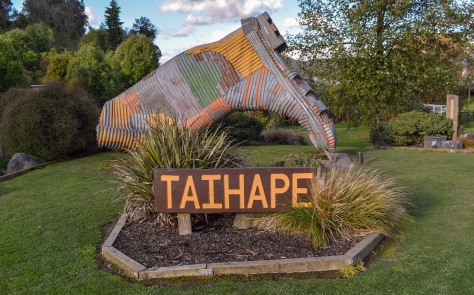
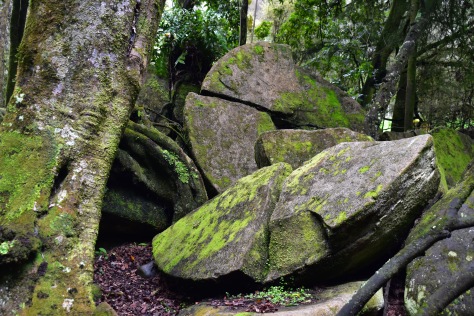
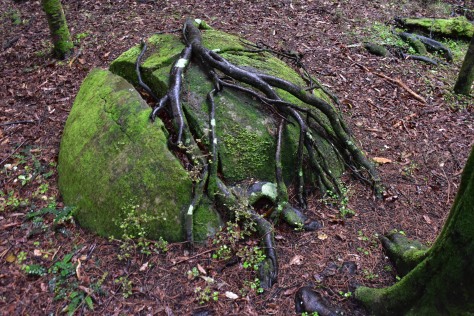
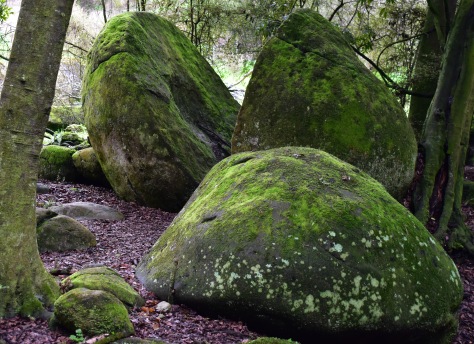
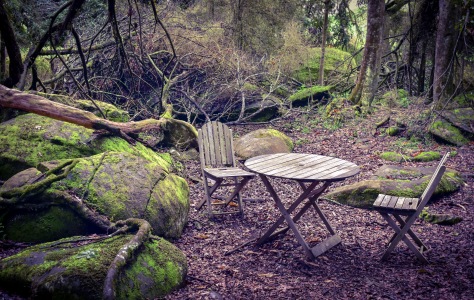
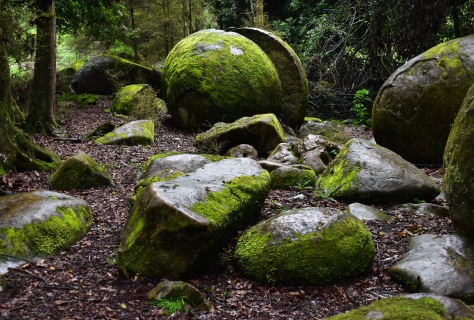
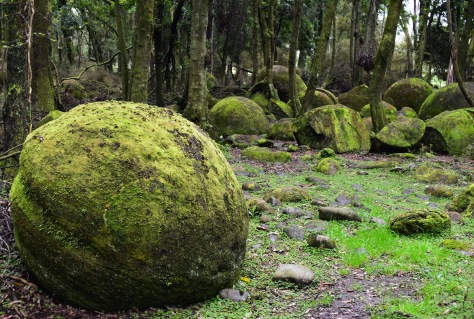
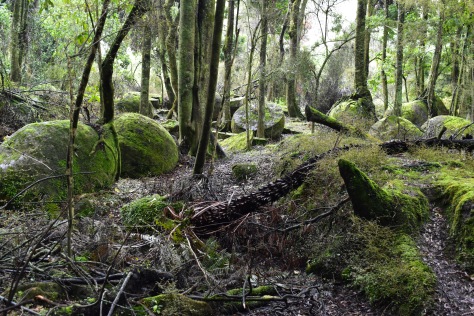
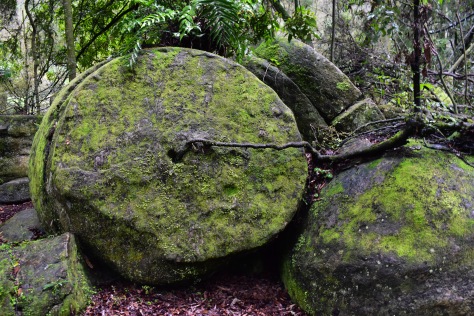
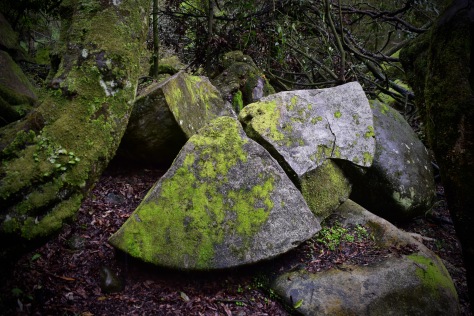
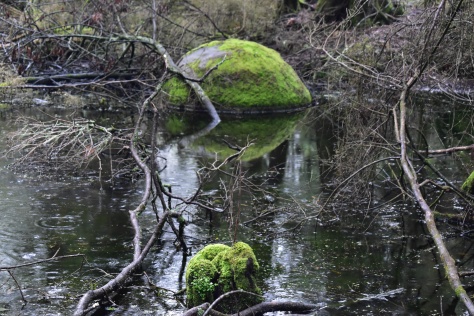
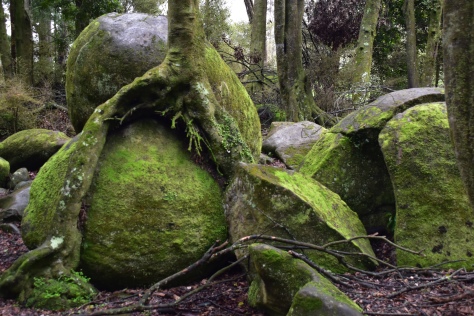
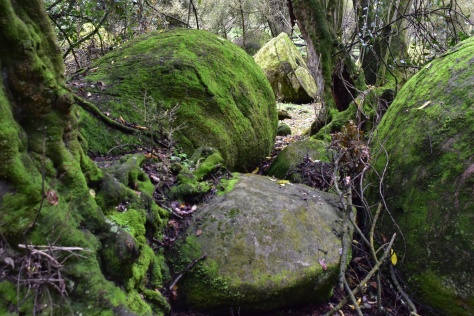
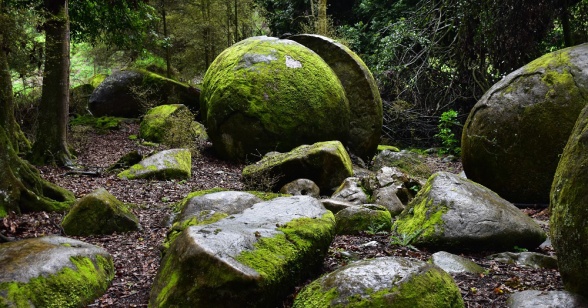
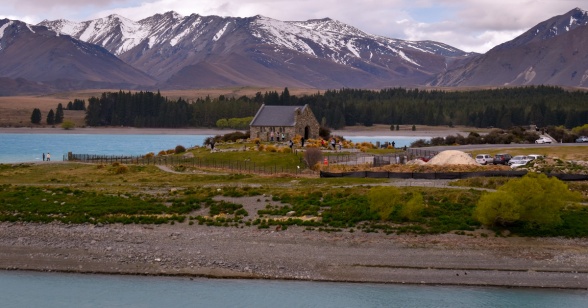

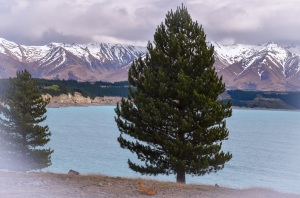
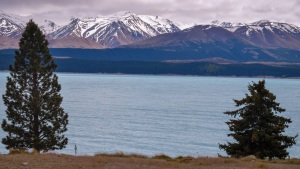


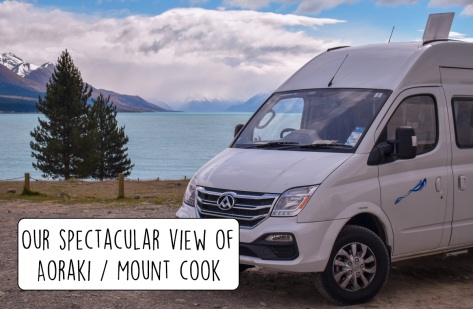

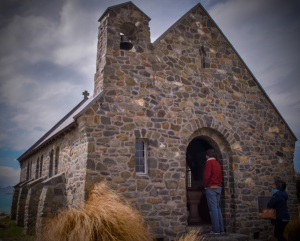
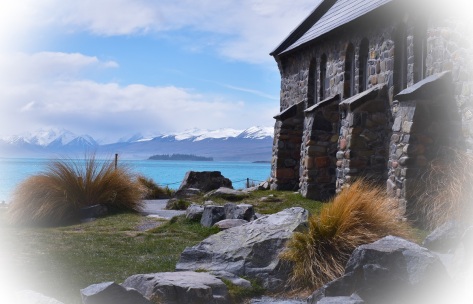
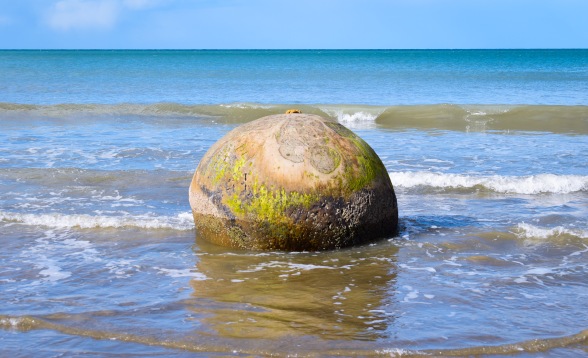
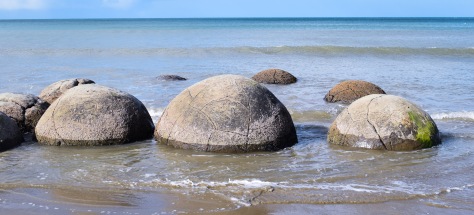
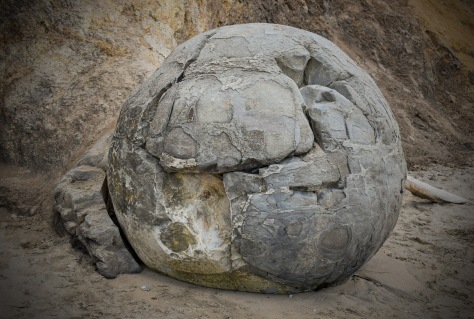
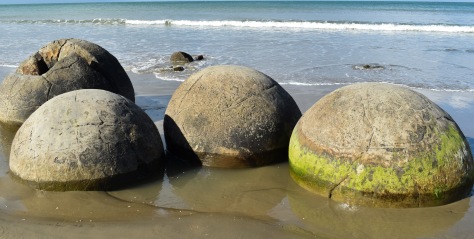
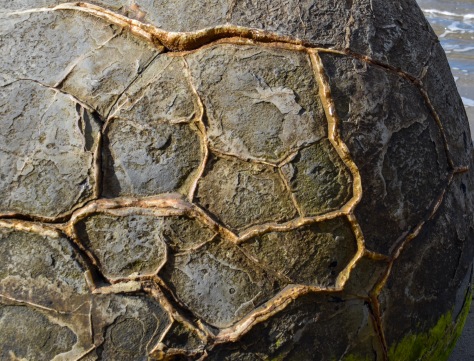
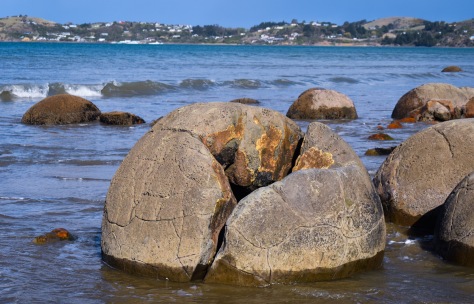
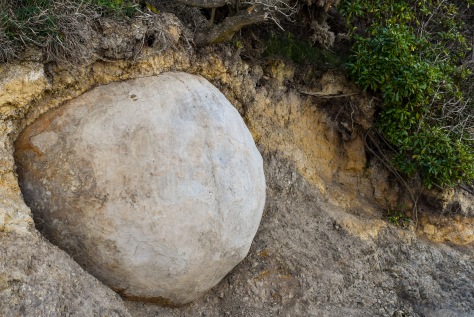
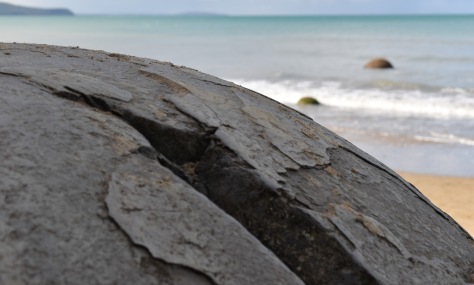
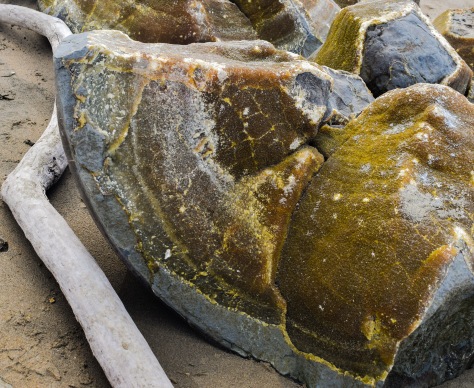
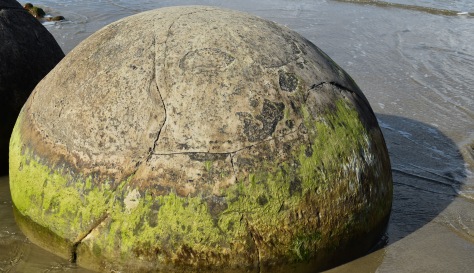
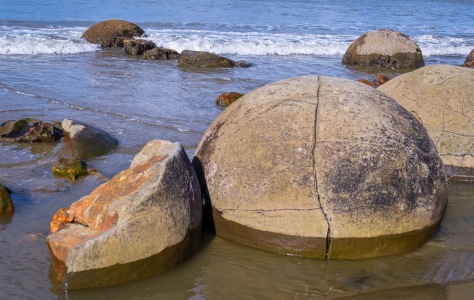
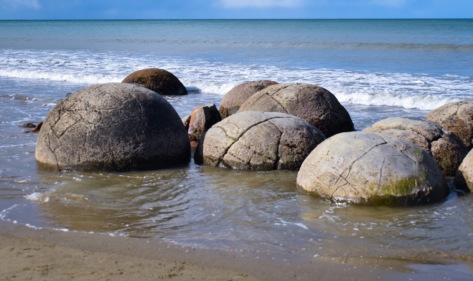
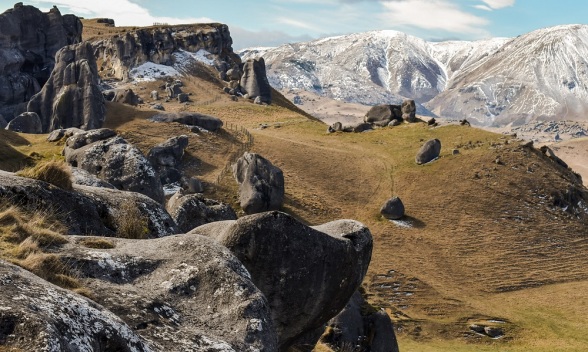
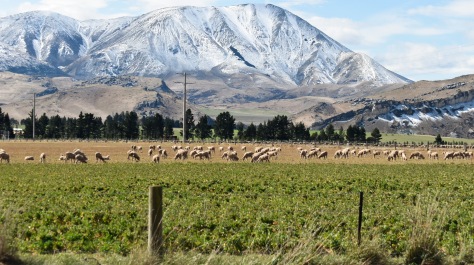
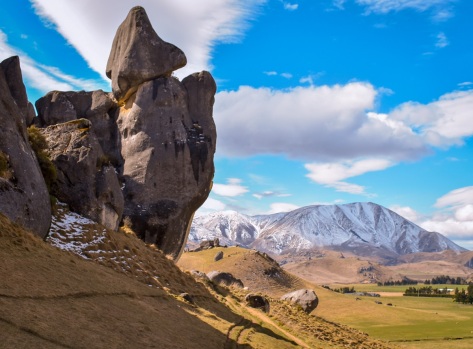
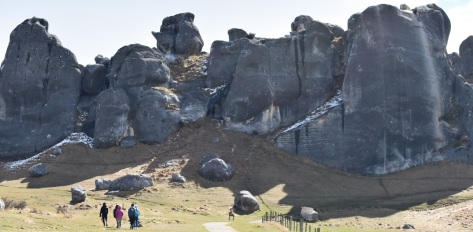
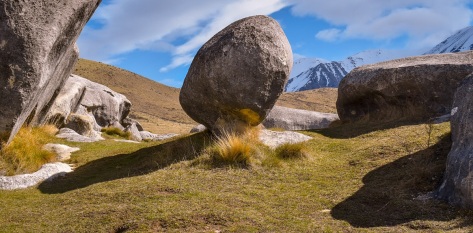
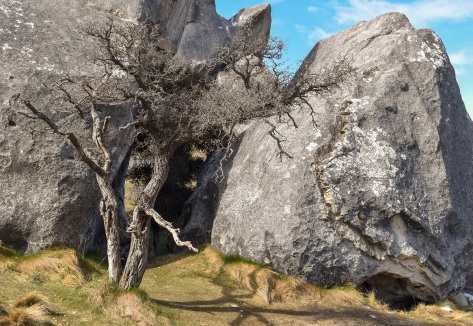
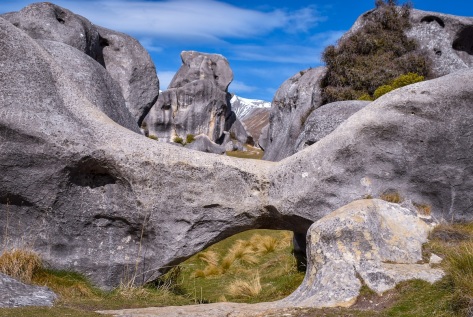

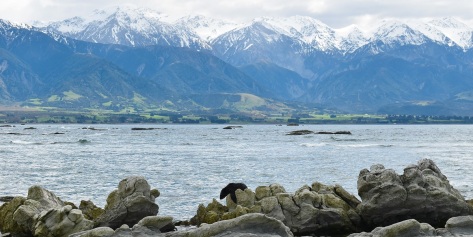
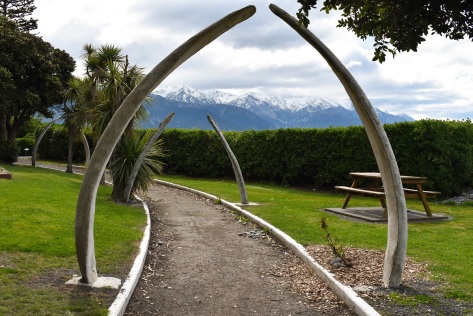
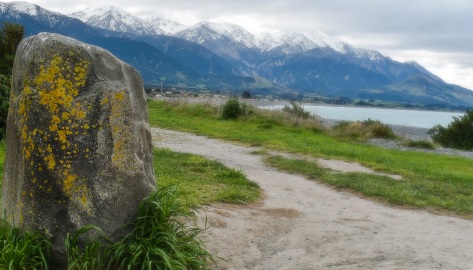
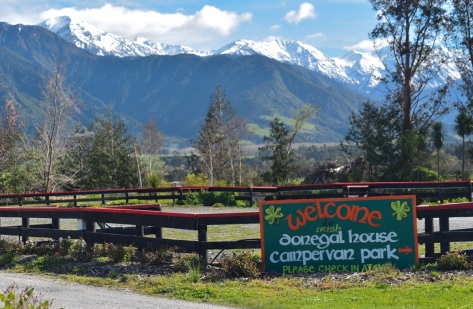
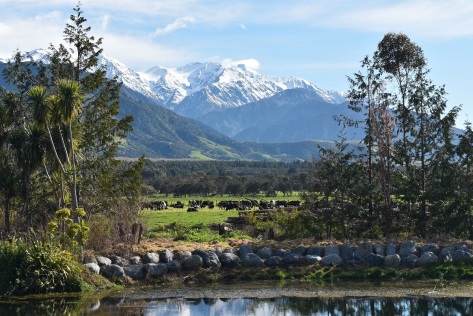
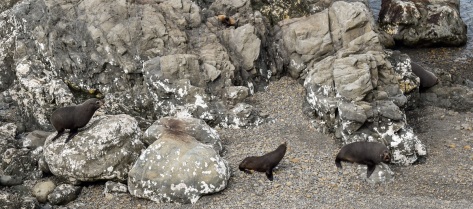
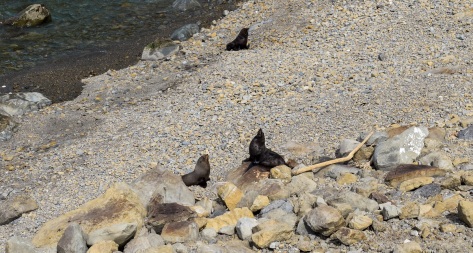
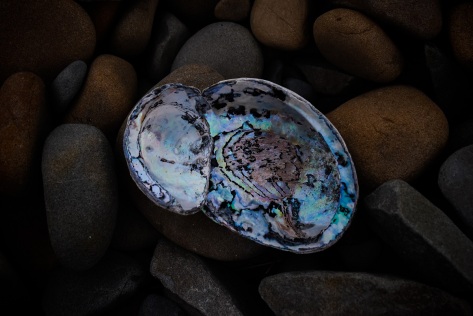
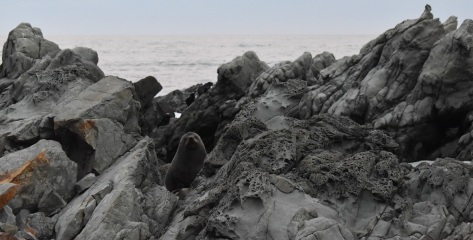
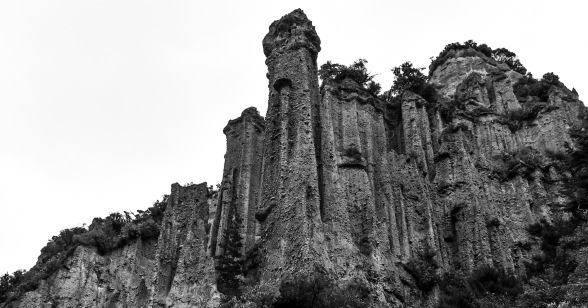





 Of course, the alcove that contained the entrance to the Paths of the Dead in the film had been a set, but it was easy to imagine. There were many nooks and crannies between the crumbling columns. Some of the columns resembled crude spears, while others were more, well, phallic.
Of course, the alcove that contained the entrance to the Paths of the Dead in the film had been a set, but it was easy to imagine. There were many nooks and crannies between the crumbling columns. Some of the columns resembled crude spears, while others were more, well, phallic.
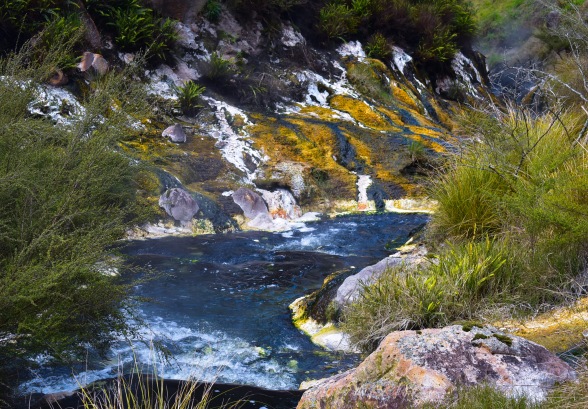




























 In 2014, my Kiwi partner and I were in Britain visiting relatives, and he was baffled to find that the British summer was warmer and sunnier than the New Zealand summer! Surely this wasn’t the norm?
In 2014, my Kiwi partner and I were in Britain visiting relatives, and he was baffled to find that the British summer was warmer and sunnier than the New Zealand summer! Surely this wasn’t the norm?